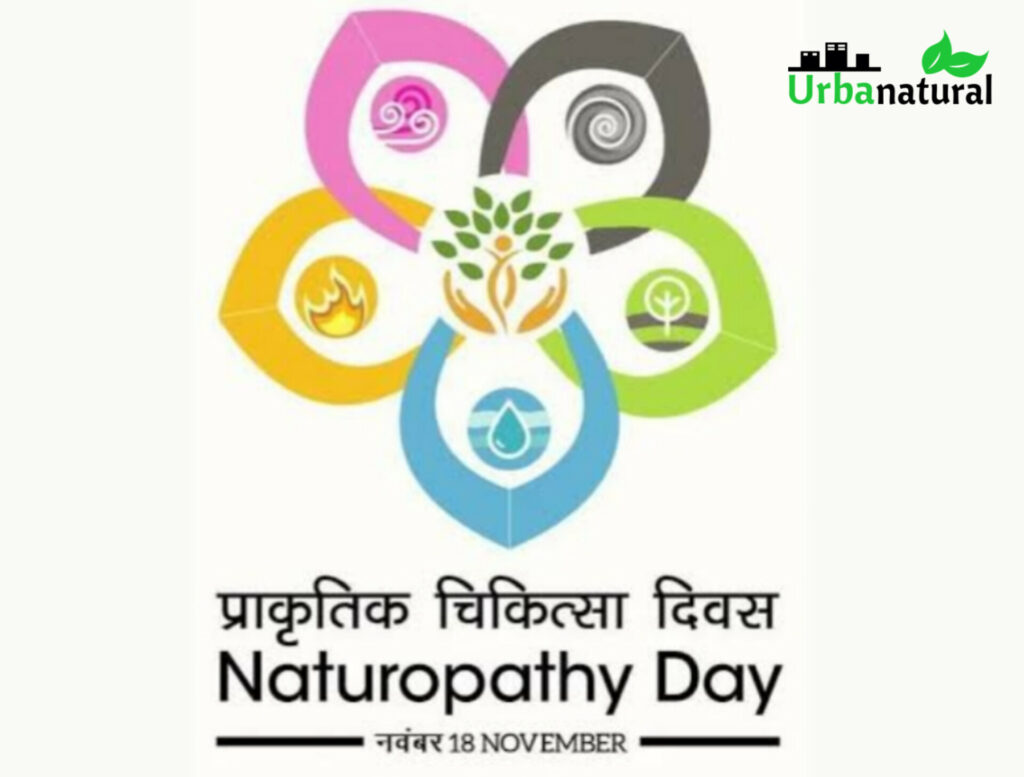One is a circulation problem while the other is an electrical issue.
The terms “cardiac arrest” and “heart attack” are often used interchangeably, but they are actually two distinct conditions. Understanding cardiac arrest and heart attacks could make all the difference when it comes to helping someone experiencing such an event. In this video, we explain everything you need to know about telling the two apart, plus what to do if you or someone nearby is having a heart attack or going into cardiac arrest.
What is a heart attack?
The heart muscle gets its blood supply from little coronary arteries. A heart attack, or myocardial infarction, occurs when blood flow through one or more of these coronary arteries is blocked. A person having a heart attack often will feel crushing chest pain, shortness of breath, dizziness/faintness, and have cold sweats. The symptoms may occur over minutes to hours. Importantly, the heart usually keeps beating (though maybe abnormally). In other words, many people experiencing a heart attack will have a pulse.
What is a cardiac arrest?
Electrical impulses pulses move across the heart, causing the heart to contract. This coordinated contraction pumps blood through the arteries to the tissues. An abnormality in the electrical conduction is a cardiac arrhythmia or abnormal/irregular heartbeat. When a cardiac arrhythmia prevents the heart from pumping blood to the body, it is a cardiac arrest.
Cardiac arrest happens suddenly and dramatically. A person in cardiac arrest will be unresponsive and will usually stop breathing (or just gasp ineffectively). A cardiac arrest can be lethal within a matter of minutes if person does not receive CPR and/or cardiac defibrillation.
The most straightforward way to distinguish between these two heart conditions is to remember that a heart attack is a circulation problem while cardiac arrest is an electrical problem. If someone is having a heart attack, blood flow to the heart is physically blocked by a clogged or narrowed artery. The longer the heart attack goes on, the worse the damage is. That’s because as your heart muscle is starved of blood and oxygen, parts of the tissue start to die. In cardiac arrest, however, there is no blockage of blood flow. An electrical malfunction causes the heart to stop beating altogether, which means blood isn’t flowing anywhere in the body.
The two conditions also have vastly different symptoms. People in cardiac arrest lose consciousness and don’t have a pulse. Yes, that is just as serious as it sounds: Cardiac arrest can be fatal in minutes. Heart attacks don’t make you faint or stop your pulse–instead, they’re more likely to produce chest, arm, or jaw pain; shortness of breath; and cold sweats; as well as nausea or overall sluggishness and fatigue, especially among women. While heart attacks can also be deadly, the symptoms can start hours, days, or even weeks before a full-blown attack, giving you time to seek emergency medical attention.
If you see someone in cardiac arrest or having a heart attack, call 108.
Did you know that there is a big difference between heart attack and cardiac arrest? The major difference is that HEART ATTACK is a blood flow problem and CARDIAC ARREST is an electrical problem.. Both conditions can be deadly, but they are caused by (and treated with) different things.
What do I do?
Regardless of whether a person is having a heart attack or cardiac arrest, call for help immediately (i.e., call 108).
If the person is experiencing symptoms of heart attack, have the person chew on four low dose or one full dose aspirin (do this only if the person is not allergic to aspirin). If the patient has nitroglycerin, give him a dose. Try to keep the person calm until help arrives. Too much exertion puts strain on the heart. If the person uses an oxygen tank, make sure it is on and attached. Remember, a heart attack can turn into cardiac arrest if the heart becomes damaged.
If the person is not responsive when you yell at him, assume it is CARDIAC ARREST and start CPR. If you can get to an automated external defibrillator (AED) quickly—go get it at use it. Better yet, send someone else to get it and bring it back. Start chest compressions right away and don’t stop until help arrives. You can stop CPR momentarily to use the AED, but start CPR again as soon as you are done using the device.
Source: http://www.health.com/heart-disease/heart-attack-cardiac-arrest-video
https://www.aclsmedicaltraining.com/is-it-a-heart-attack-or-cardiac-arrest/
Disclaimer: All information, data and material has been sourced from multiple authors and is for general information and educational purposes only and are not intended to replace the advice of your treating doctor.
The views and nutritional advice expressed are not intended to be a substitute for conventional medical service. If you have a severe medical condition or health concern, see your physician





